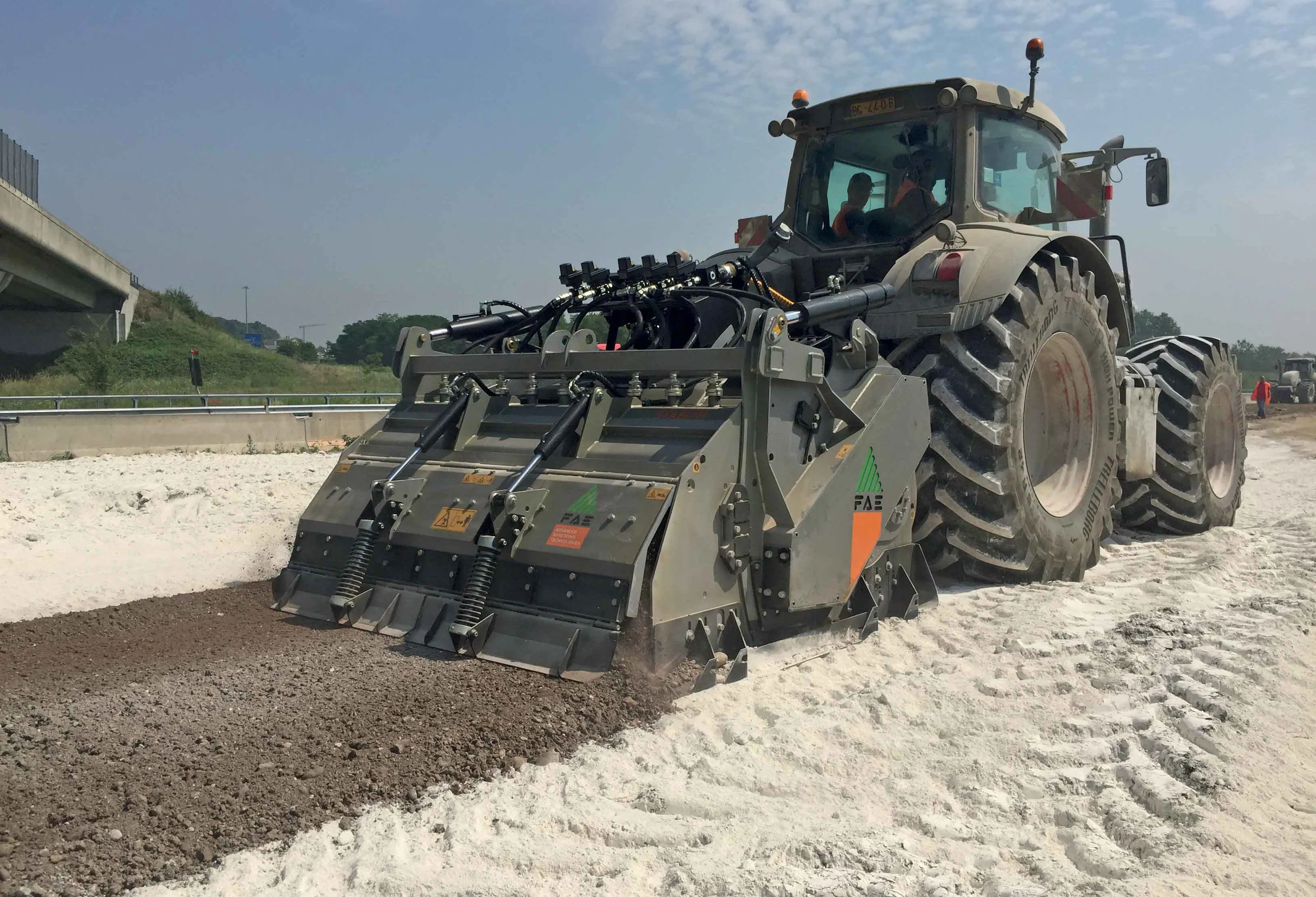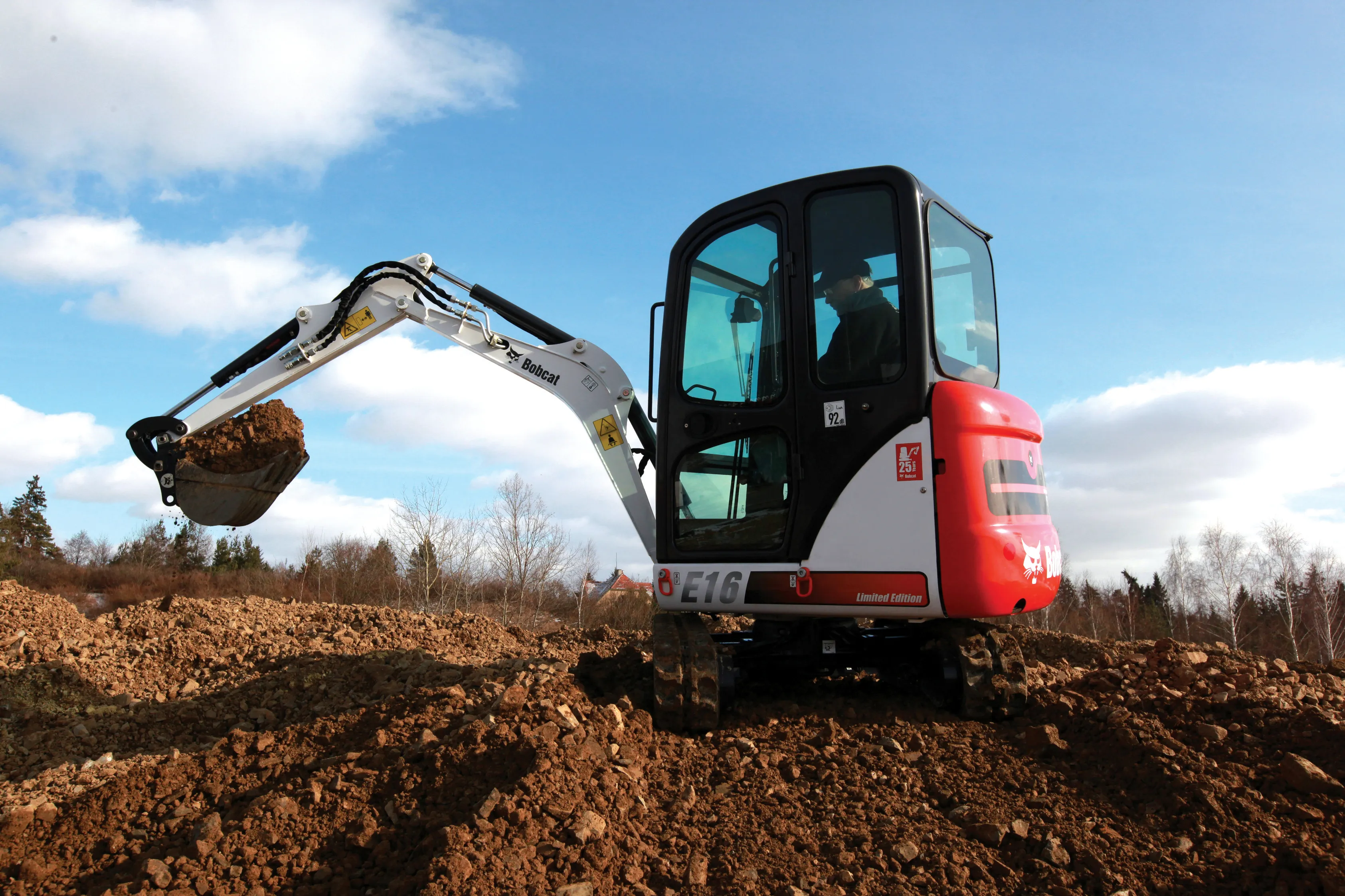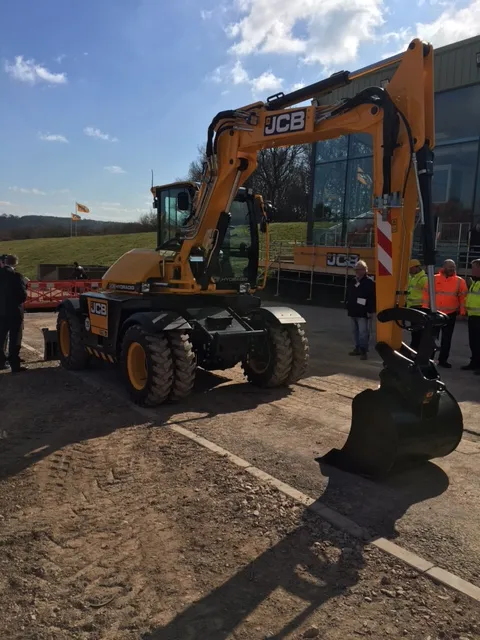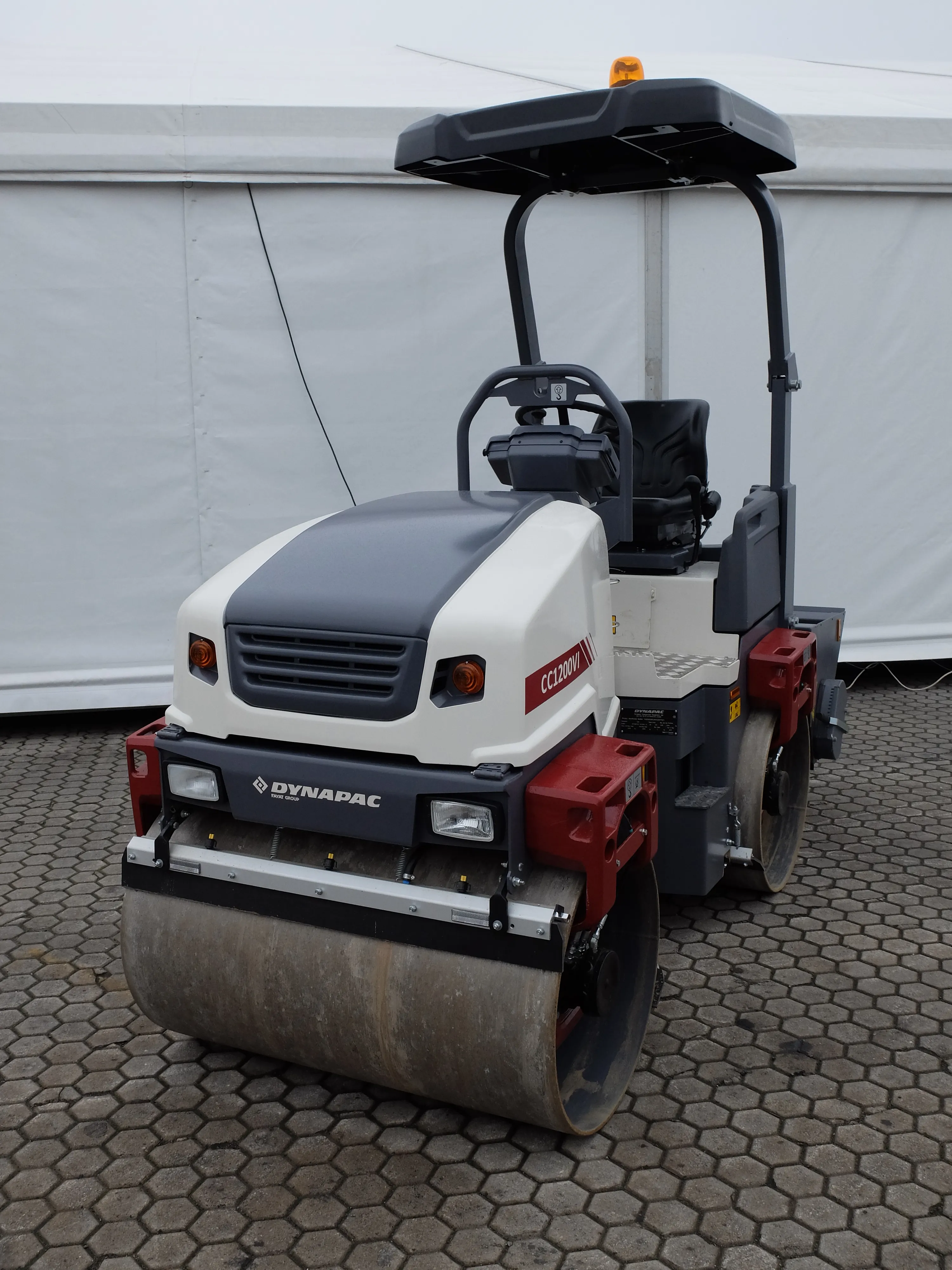JCB is introducing a new pothole patching solution.
By MJ Woof
January 11, 2021
Read time: 2 mins
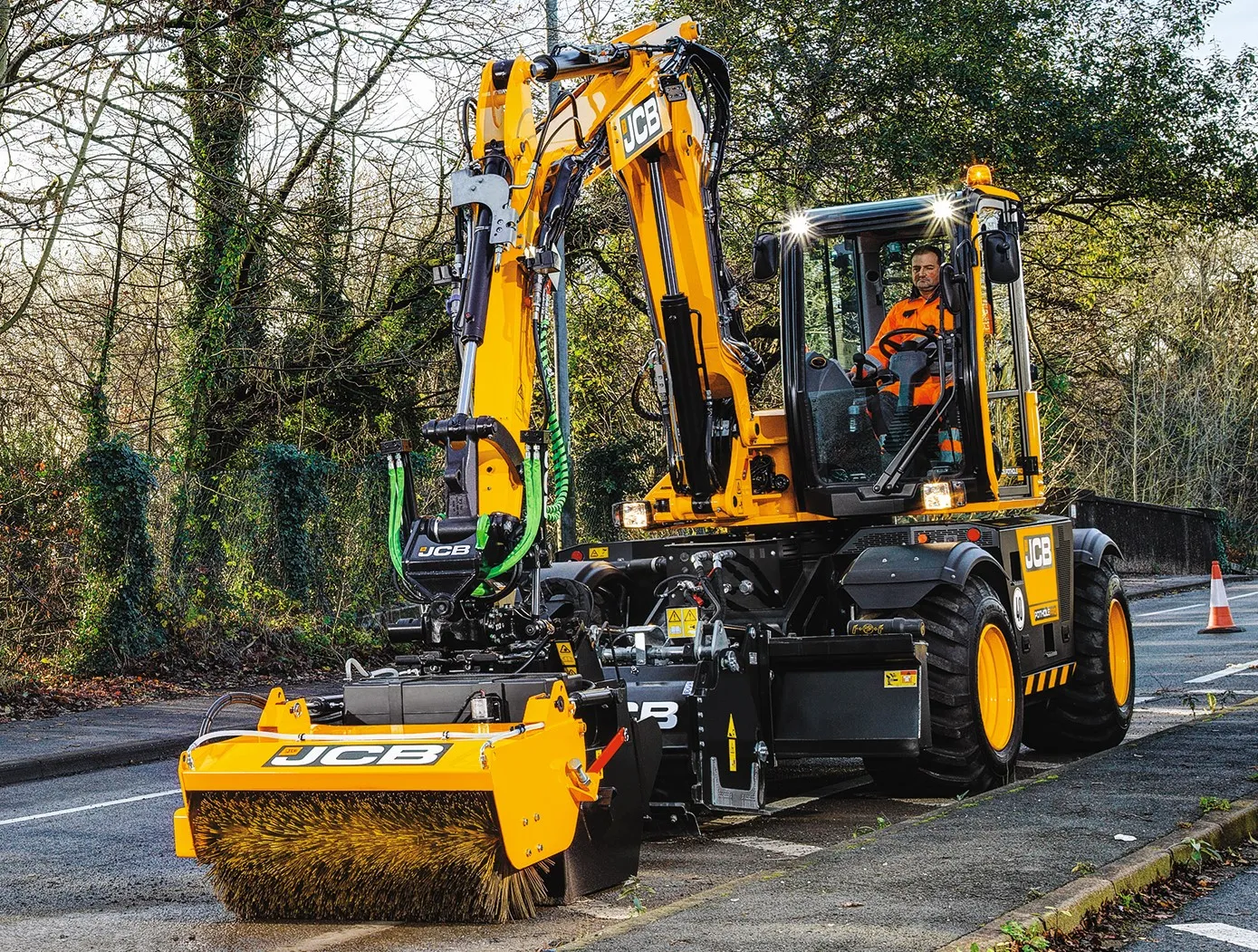
JCB is now offering a versatile pothole patching solution based on its successful HydraDig machine. Called the PotholePro, this new variant is equipped with a cutter, planer attachment, and sweeper brush. The hydraulics of the standard HydraDig have also been tweaked to allow the machine to drive the planer attachment, developed in partnership with Italian attachment specialist Simex.
The machine has already been tested extensively with a number of UK contractors and has now been released for sale. The firm aims to capitalise on the massive need for road repairs in developed nations.
The 600mm-wide cutter attachment mounted on the arm of the machine allows the operator to provide a straight edge around a pothole needing to be repaired. The hitch system allows for full rotation as well as orientation of the cutter. The operator can then use the planer attachment mounted on a transverse slide at the other end of the machine to mill a slot 600mm wide. The planer attachment also includes a dust extraction system to help ensure a clean working area.
Once the area to be repaired has been milled, the operator can clean the surface using the sweeper attachment. Cuttings are removed from the area, allowing the asphalt patching to be carried out, followed by compaction. The cutting can be collected and also recycled.
Asphalt for the area to be repaired has to be supplied from a separate source such as a hotbox. However, customers can also further add to the versatility of the PotholePro machine by adding one of JCB’s compaction plates.
According to JCB, repairs that would have taken one hour to be carried out previously using manual methods can now be completed in just eight minutes, with the personnel working safely inside the cab of a machine. This helps boost productivity and cuts repair costs.


